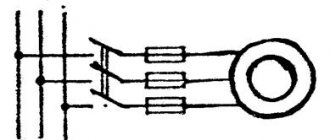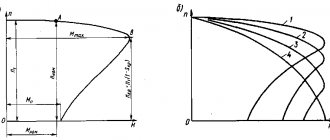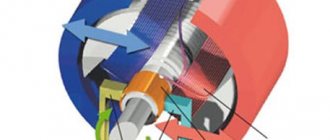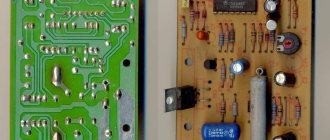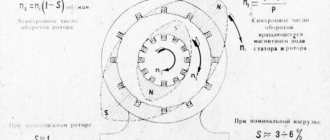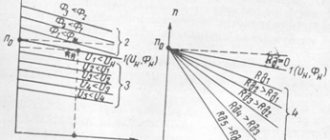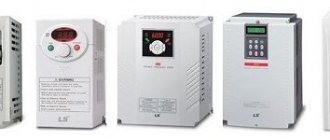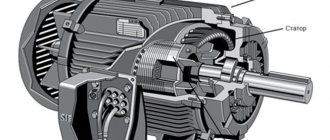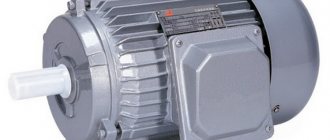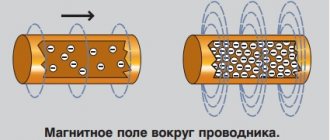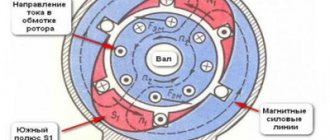Motor torque
Power [kW or hp] relates torque to speed to determine the total amount of work that must be done in a given period of time.
Let's look at the interaction between torque, power and speed, and their relationship with electrical voltage, using Grundfos electric motors as an example. Electric motors have the same power rating at both 50 Hz and 60 Hz.
This entails a sharp reduction in torque at 60 Hz: 60 Hz causes a 20% increase in speed, which leads to a 20% decrease in torque. Most manufacturers prefer to specify motor power at 60 Hz, so as line frequency drops to 50 Hz, motors will produce less shaft power and torque. Electric motors provide the same power at 50 and 60 Hz.
A graphical representation of the torque of the electric motor is shown in the figure.
The illustration represents a typical torque/speed characteristic. The following are terms used to describe the torque of an AC motor.
Starting torque (MP): Mechanical torque developed by the electric motor on the shaft during start-up, i.e. when current is passed through an electric motor at full voltage while the shaft is locked.
Minimum Starting Torque (Mmin): This term is used to refer to the lowest point on the torque/speed curve of an electric motor as the load is increased to full speed. For most Grundfos electric motors, the minimum starting torque is not specified separately, since the lowest point is at the locked rotor point. As a result, for most Grundfos motors the minimum starting torque is the same as the starting torque.
Full Load Torque (FLT): The torque required to produce rated power at full load.
Matching the electric motor to the load
If you need to determine whether the torque of a particular motor meets the load requirements, you can compare the speed/torque characteristics of the motor with the speed/torque characteristics of the load. The torque produced by the motor must exceed the torque required by the load, including periods of acceleration and full speed.
Characteristics of the dependence of torque on the rotation speed of a standard electric motor and centrifugal pump.
As the motor approaches its rated speed, the current decreases. As would be expected, during the initial start-up period losses on the motor are high, so this period should not be long to prevent overheating.
It is very important that the maximum rotation speed is achieved as accurately as possible. This is related to power consumption: for example, a 1% increase in rotation speed over the standard maximum results in a 3% increase in power consumption.
Power consumption is proportional to the diameter of the pump impeller to the fourth power.
Reducing the diameter of the pump impeller by 10% leads to a decrease in power consumption by (1- (0.9 * 0.9 * 0.9 * 0.9)) * 100 = 34%, which is equal to 66% of the rated power. This dependence is determined solely in practice, as it depends on the type of pump, the design of the impeller and how much you reduce the diameter of the impeller.
